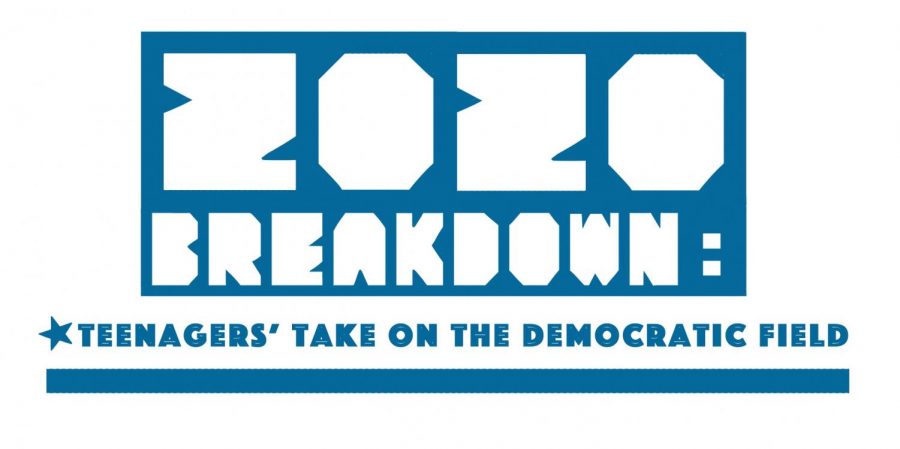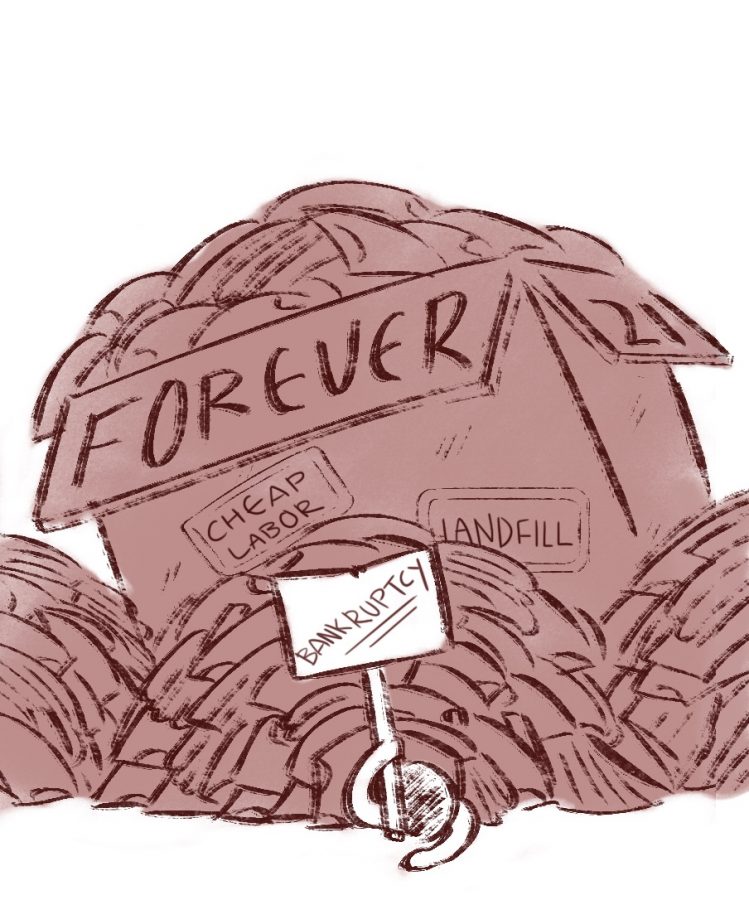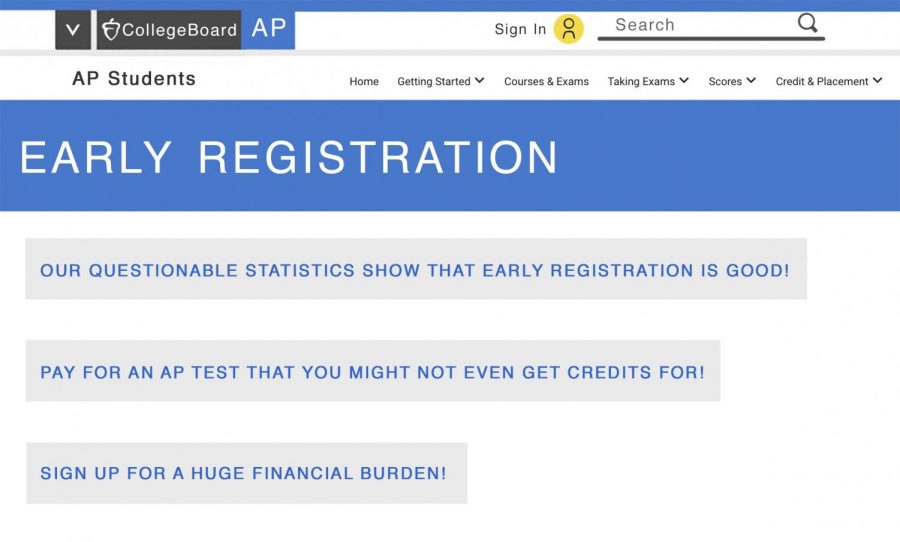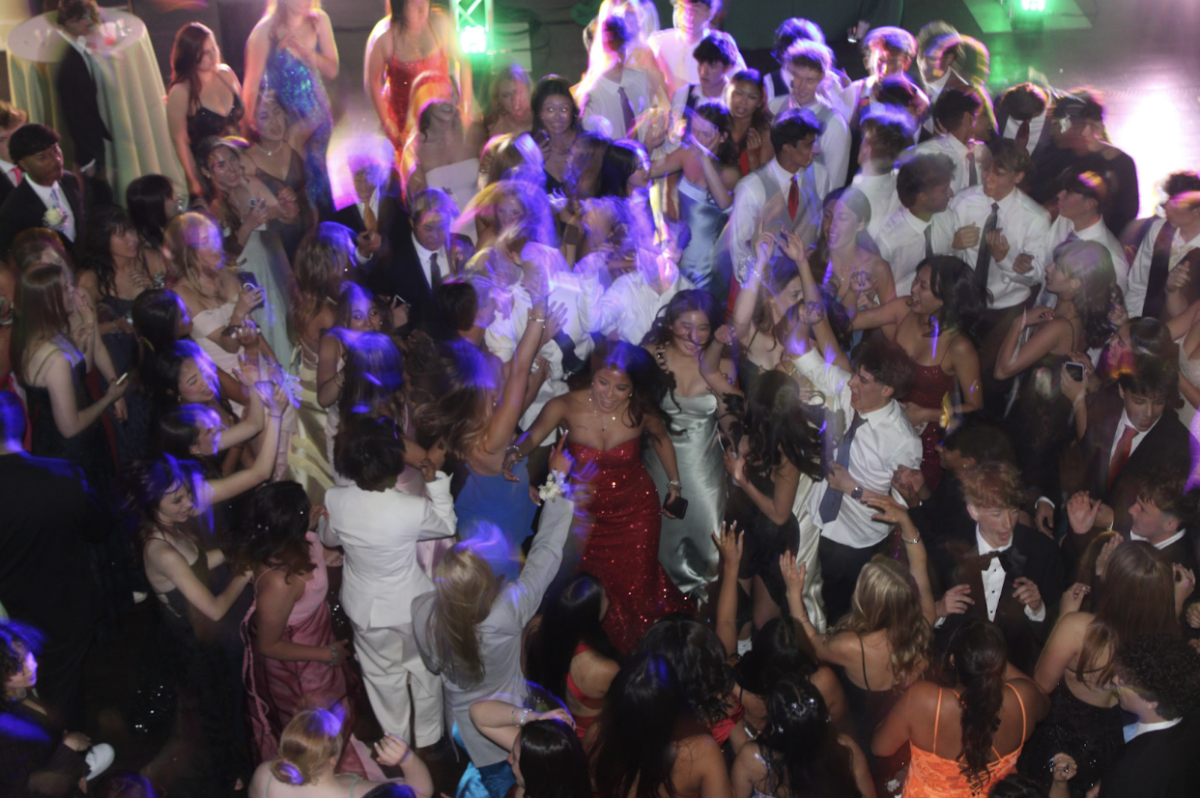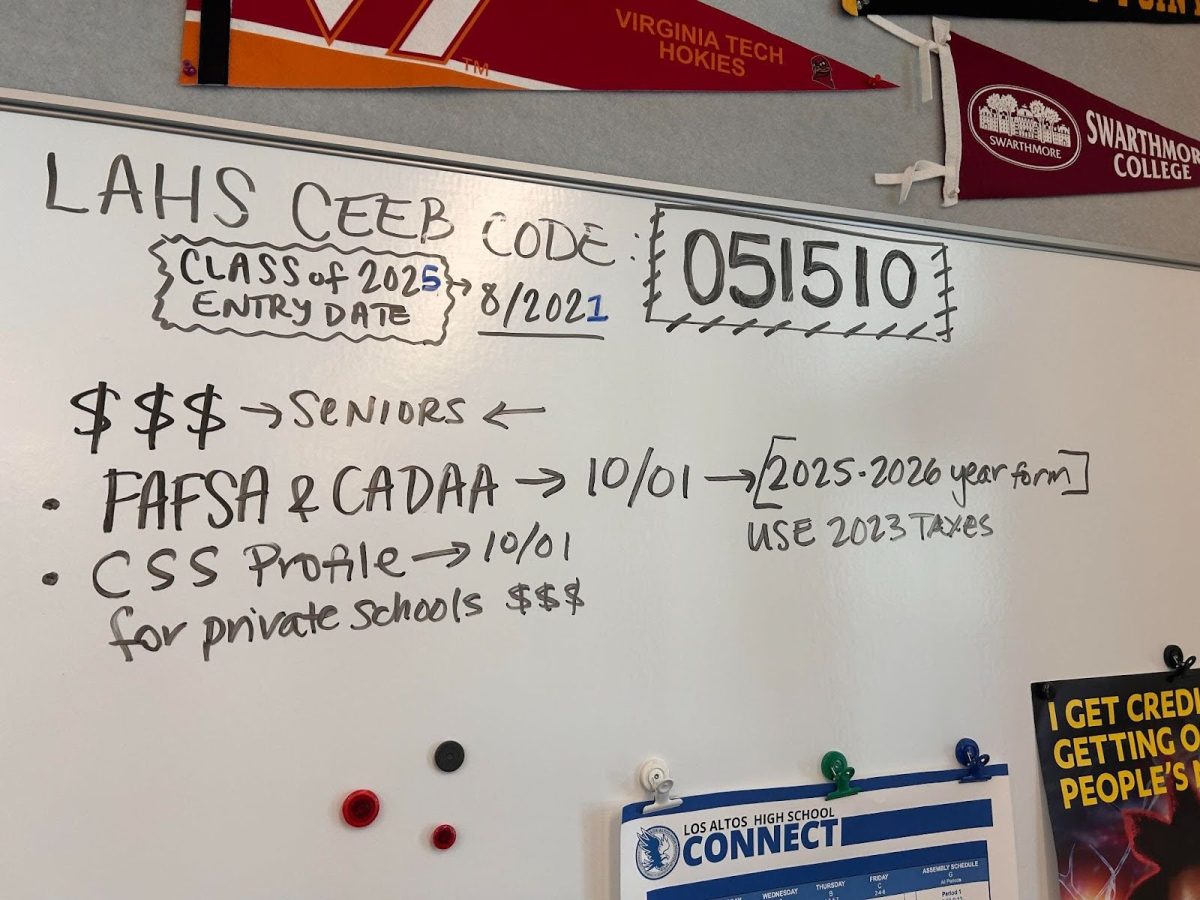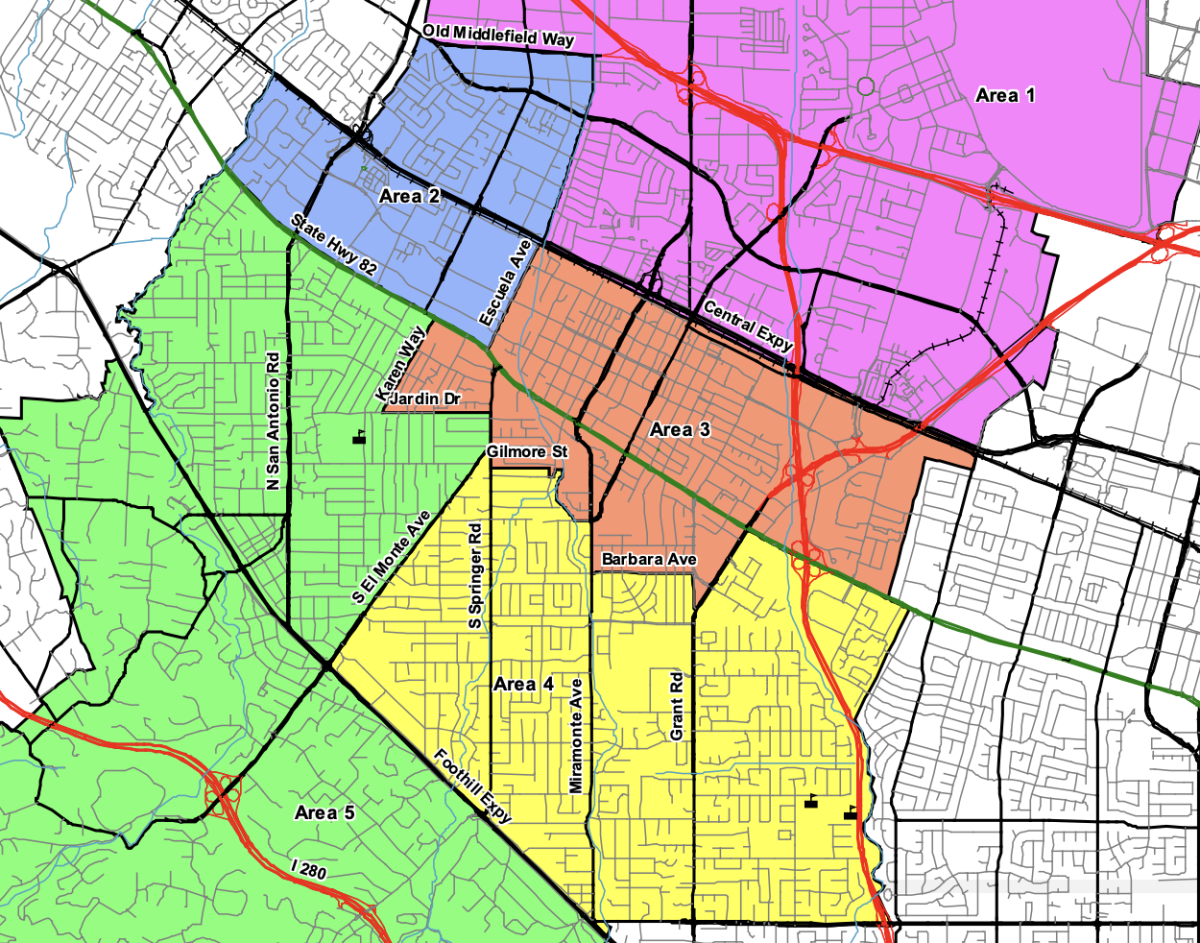This May, juniors at Los Altos High School will take a redesigned version of the AP United States history (USHAP) exam, one that serves to emphasize analytical and critical reasoning skills. The change to the test is part of a growing national effort to align schools to the Common Core standards.
“The Common Core asks students to think more on an analytical level rather than a rote memorization level,” USHAP teacher Gabriel Stewart said.
Additionally, feedback from USHAP teachers played a significant role in having the College Board make these changes.
“The College Board was hearing from all sorts of USHAP teachers that the course was a mile long and an inch deep,” USHAP teacher Michael Messner said. “We had all sorts of material to cover, and we didn’t go into depth about hardly anything at all. I think the redesign was really with the idea of allowing people to move deeper into the curriculum because we went wicked fast through all the curriculum.”
The new exam has been revised based on this feedback and to meet these changes in the way students are now learning. It now includes less emphasis on the multiple choice and a series of short answer questions replace one of the free response questions. The free response questions are now called “long answer questions.”
“If you look at the scores, on average, most students do not pass this test,” Stewart said. “[Expanding] the short answer section gives students a way to express themselves in more [ways than one]. The idea is that it will enable students to demonstrate more accurately what they know versus what they do not know.”
The structure of the multiple choice section itself has also changed.
“Before, with the multiple choice questions you either knew it or you didn’t,” Messner said. “But now, every single question is based on the idea that you have some sort of prompt or stimulus, meaning a cartoon, a photo, a map something like that. And the multiple choice questions are in groups of two to six. Meaning maybe you’ll have a stimulus, and then two questions on that same stimulus. So it’s no longer as isolated and [fact based].”
College Board’s U.S. History redesign committee also released a new framework for the course. The redesigned course will emphasize four key historical thinking skills, including chronological reasoning, patterns of continuity and change over time, periodization (organizing history into eras), comparison and contextualization.
“The way [USHAP teachers] have approached the curriculum has changed,” Stewart said. “These guidelines have students analyze themes. [The College Board] really wants to focus on the ideas of change and continuity. Can students make the connection between one era and the next? Can they say, ‘Ah, First Great Awakening and the Second Great Awakening—what are the common connections? Why are they intertwined?’”
Additionally, the content covered by the curriculum has expanded as well.
“In line with college and university U.S. history survey courses’ increased focus on early and recent American history and decreased emphasis on other areas, the AP U.S. History course expands on the history of the Americas from 1491 to 1607 and from 1980 to the present,” the College Board states.
The changes to both the curriculum and the test have been controversial with certain groups, notably the Republican National Committee. “[The new curriculum] reflects a radically revisionist view of American history that emphasizes negative aspects of our nation’s history while omitting or minimizing positive aspects,” the Republican National Committee stated in a resolution.
However, the College Board has consistently emphasized that this was not their intention.
“[College Board] believes [the new curriculum] strikes a careful balance between teaching factual knowledge and critical analysis,” they stated.
Messner believes that some people may be misinterpreting the changes.
“My attitude on [the changes] is that you cannot ignore the tragedies, the misdeeds the crimes against people, even if that means you don’t do as much celebration,” Messner said. “The way we learn is through mistakes. If all you had was a curriculum where you just talked about the vic- tories, the implication would be we have arrived [and] we cannot get any better.”
At the end of September, College Board released example tests for the exam, which will allow students and teachers to prepare themselves before taking the modified test.



